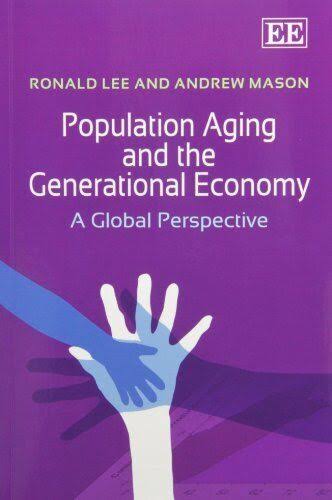20 Countries With The Lowest Retirement Ages in The World
According to the World Health Organization, the population of individuals aged 65 or older will outnumber those under the age of 15 by 2024. In the case of the United States of America, every Baby Boomer will have turned 65 or older by 2030. Most of these Boomers will be using some sort of Medicare for health coverage, and 40 million are yet to sign up for it. Yet many others will also be receiving social security benefits. In line with several other nations grappling...










